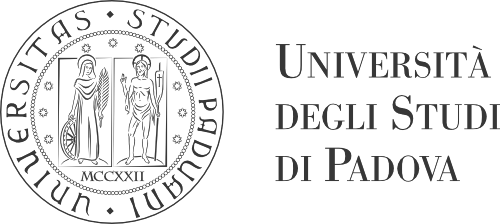Second Level Degree in Mathematics
Jump second level menu- Courses
- Timetable
- Exams
- Individual study program
- Student seminars
- Thesis
- Thesis Archive
- Graduation dates
- Contacts
STOCASTIC METHODS FOR FINANCE - 7 CFU
From STOCHASTIC METHODS FOR FINANCE (SECOND CYCLE DEGREE Mathematical Engineering)
Teacher
Martino Grasselli
Scheduled Period
I Year - 2 Semester | 02/03/2020 - 12/06/2020
Hours: 56 (56 lezione)
Prerequisites
Stochastic analysis
Target skills and knowledge
The course presents some important models that are typically used in the banking industry.
The students at the end should be familiar with pricing and hedging in both discrete and continuous time and they should be able to apply stochastic methods to the pricing of equity/forex/fixed income products
Examination methods
Final examination based on: Written and oral examination.
Assessment criteria
Critical knowledge of the course topics. Ability to present the studied material.
Course contents
The pricing problem in the binomial models
Risk neutral pricing in the discrete time world
European and American options in the binomial model.
Arbitrage and risk neutral pricing in continuous time.
Pricing of contingent claims in continuous time: the Black&Scholes formula.
Black&Sholes via PDE and via Girsanov.
Hedging and completeness in the Black&Scholes framework.
Feynman-Kac formula and risk neutral pricing in continuous time.
Pur Call parity, dividends and static vs dynamic hedging.
The Greeks and the Delta-Gamma hedging. Delta-Gamma-Vega neutral portfolios.
Barrier options pricing in the Black&Scholes model.
Quanto option pricing in the Black&Scholes model.
Multi asset markets, pricing and hedging.
Exchange options pricing in the multi-asset Black&Scholes model.
Incomplete markets: quadratic hedging.
Smile and skew stylized facts.
Beyond the Black&Scholes model: stochastic volatility.
The Heston model.
Bonds and interest rates. Pre-crisis and multiple-curve frameworks.
Short rate models, Vasicek, CIR, Hull-White models, affine models.
Cap&Floor pricing in the short rate approaches.
Change of numeraire and Forward Risk Neutral measure.
Planned learning activities and teaching methods
Lecture supported by tutorial, exercises and laboratory activities.
Additional notes about suggested reading
Lecture notes and reference books will be given by the lecturer.
Textbooks (and optional supplementary readings)
- T. Bjork, Arbitrage theory in continuous time, Oxford Univ. Press, Second Edition, 2004. Suggested for: Pricing products in the Black&Scholes framework, arbitrage, barrier options, forex, interest rates
- J. Hull, Options, Futures and Other Derivatives, Pearson, 8th edition, 2012. Suggested for: General introduction of option markets, Greeks, financial institutions
- D. Lamberton and B. Lapeyre, Introduction to stochastic calculus applied to finance., Cambridge University Press., 2000. Suggested for: Discrete time binomial models, Black&Scholes formula, Girsanov methodology

